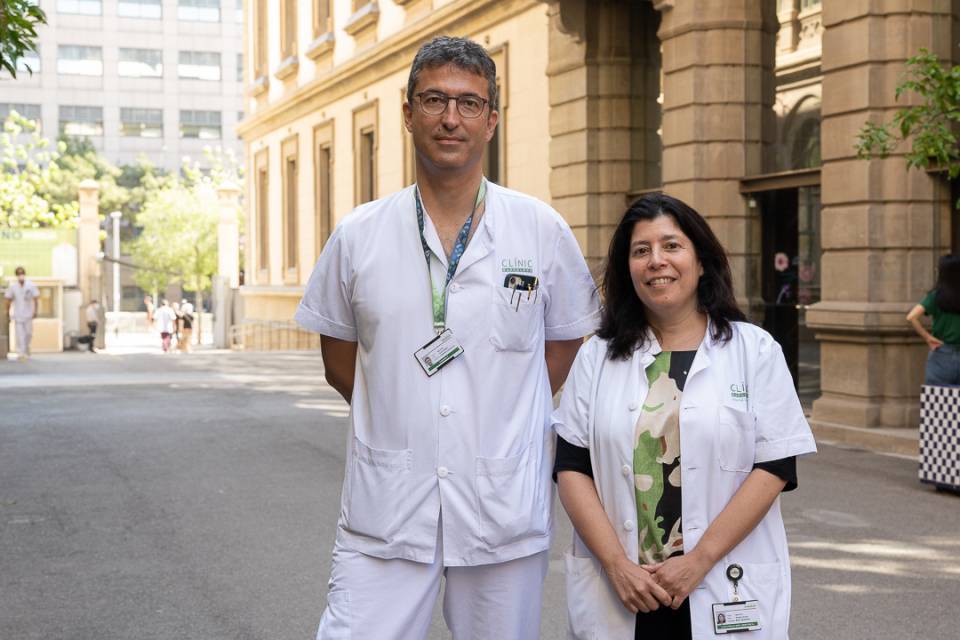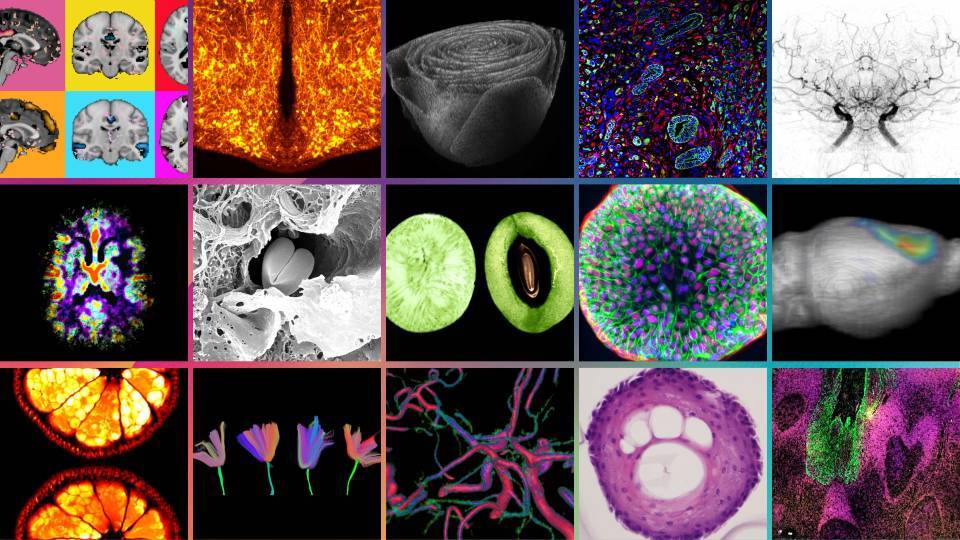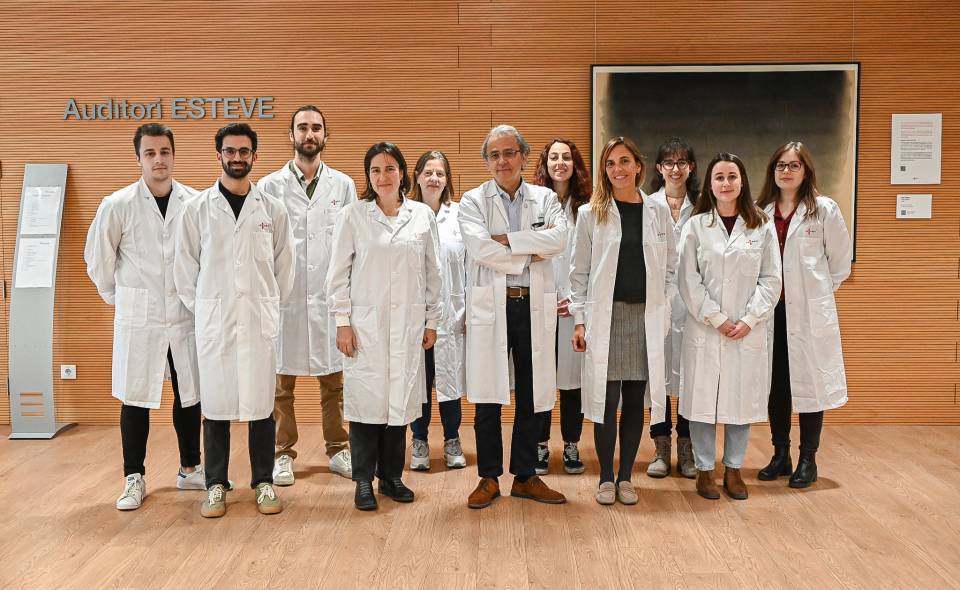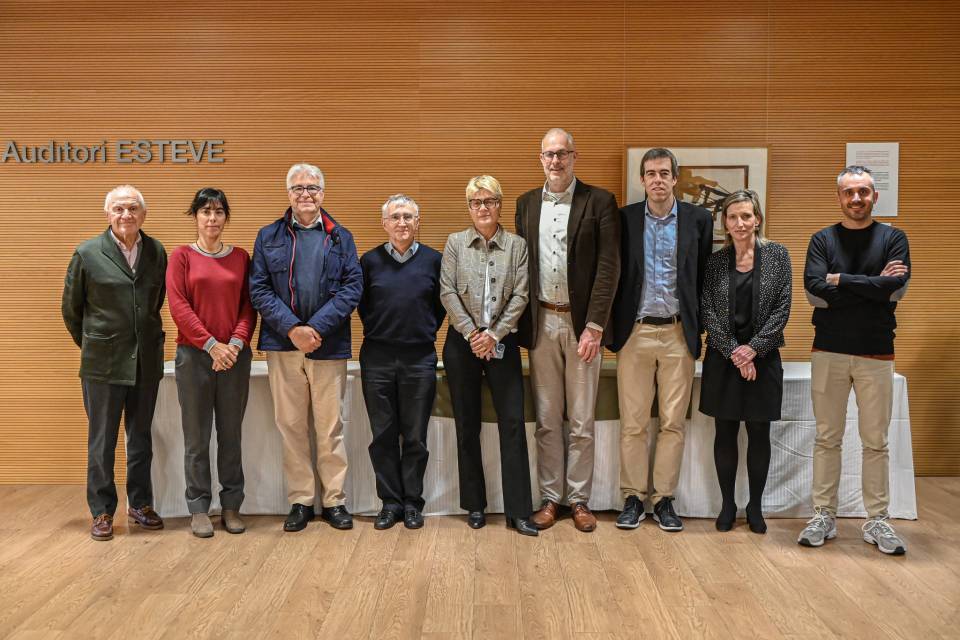Dr. María Reig, head of the Hospital Clínic Liver Oncology Unit and of the Liver oncology (BCLC) group and the CIBEREHD group on behalf of the EASL, and Dr. Alejandro Forner, hepatologist in the same team as a member of the panel of experts in this disease, participated in the preparation of the EASL-ILCA (European Association for the Study of the Liver-International Liver Cancer Association) guidelines.
Cholangiocarcinoma (CCA) is a group of highly heterogeneous, malignant bile duct tumours, which can develop in any of the ducts in the liver. Its incidence is increasing globally and it represents almost 15% of all primary liver cancers and 3% of all malignant gastrointestinal tumours. The silent presentation of the initial phases of CCAs, combined with their aggressive nature and refractoriness to the available treatments, mean that they are associated with high mortality.
“The challenge is to diagnose the disease in its early stages, to characterize it at a molecular level, to optimize staging and to offer personalized treatment based on the patient’s characteristics”, explains María Reig.
In the last few years, progress has been achieved in the understanding of the biology of the tumours and potential targeted therapies have been identified. New diagnostic tools and therapies have also been designed, which may help to improve patient outcomes.
Based on these advances, the two associations, EASL and ILCA, brought together a panel of multidisciplinary specialists to draw up new treatment guidelines aimed at professionals involved in the diagnosis and monitoring of cholangiocarcinoma. The panel of authors included experts in hepatology, radiology, epidemiology, anatomical pathology, digestive surgery and oncology.
The guidelines set out guidance on how to identify the risk factors associated with CCA and how people with these risk factors should be monitored for the early diagnosis of the disease.
Diagnostic and staging tools and new treatments are also reviewed. “The guidelines include immunotherapy for the first time, in this case duravalumab, administered together with conventional chemotherapy as first-line treatment for cholangiocarcinoma”, explains Alejandro Forner.
The guidelines also include a section on the challenges for the future in the management of cholangiocarcinoma, the importance of the prevention, early diagnosis and new prevention and treatment strategies to tackle the disease and reduce its incidence and mortality. It is very important to influence risk factors, and to this end awareness campaigns are carried out in the areas with the highest incidence, “but these factors are only found in 30% of patients, so it is urgent to find other causes of the disease, such as environmental factors or their interaction with the genetic characteristics of the tumour”, say the authors.
The Barcelona Clínic Liver Cancer (BCLC) unit forms part of the European Network for the Study of Cholangiocarcinoma (ENS-CCA) and ERN RARE-LIVER where collaboration and knowledge dissemination projects are carried out, as well as the project led by CIBER, Inmune4All, to identify diagnostic and prognostic biomarkers, define key mutations that may be treatable, and to develop new treatments and therapeutic strategies.
Guidelines reference:
European Association for the Study of the Liver. EASL-ILCA Clinical Practice Guidelines on Intrahepatic Cholangiocarcinoma. J Hepatol. 2023 Mar 22:S0168-8278(23)00185-X. doi: 10.1016/j.jhep.2023.03.010.




